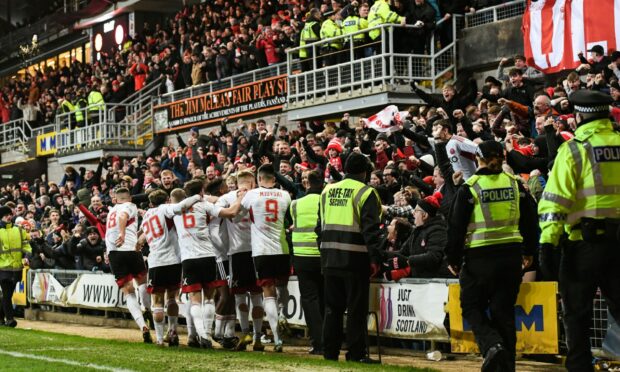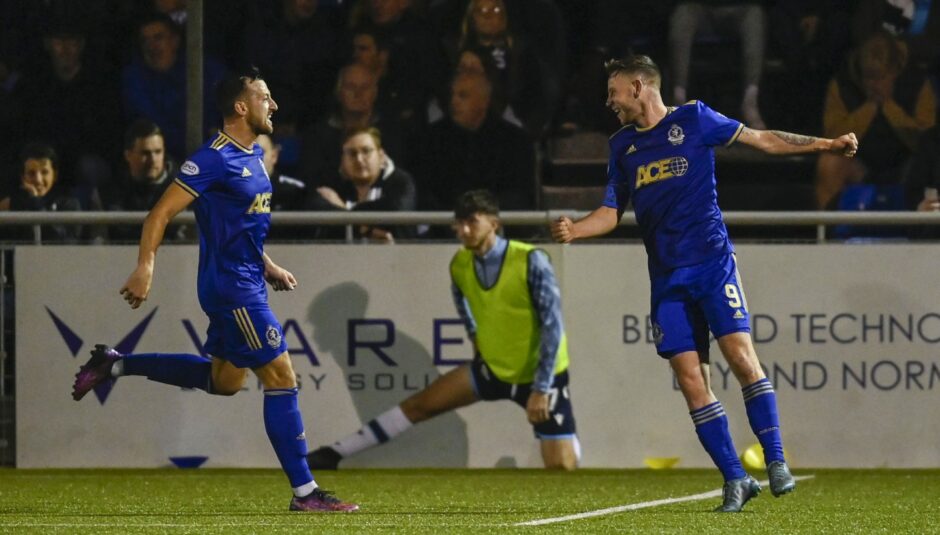I watched a documentary series this week which had me absolutely gripped. It was about plans for the European Super League and gave a clear insight into events over a few days in April 2021 which almost saw the game changed forever.
The programme, The War For Football, on Apple TV, was well produced and extensively researched, and included contributions from most of the main protagonists.
You might recall it was a fast-moving story, which came to a surprisingly sudden conclusion.
The ESL was driven by then Juventus chairman, Andrea Agnelli, and the Real Madrid and Barcelona presidents, Florentino Pérez and Joan Laporta.
UEFA’s defence was led by president Aleksander Ceferin, and he quickly found a perhaps unlikely ally in PSG owner, Nasser El-Khelaifi, with Bayern Munich also announcing they would not be joining the breakaway league.
It was a horrible time for the game, and it was fan power which ultimately brought the proposals crashing down.
Given some of what has gone on at UEFA, and particularly FIFA, over the years, it is difficult to feel sympathy for the game’s administrators – but, for all their faults, they have at least held on to some of football’s core values, which the club superpowers who wanted a closed-shop monopoly were prepared to strip away.
The rebel owners were driven solely by financial greed.
The game is still awash with cash at the top level, and while it was a victory for the fans, the clubs they support are further away than ever before from the ones they first began following. In fact, for most older supporters, they are unrecognisable.
Apart from Celtic and Rangers, that is much less of an issue here in Scotland, and it is one of the joys of being a football fan in this country that most of us probably still feel this bond with the club we support.
It is something which has been brought sharply into focus for me this season.
I have been a Dons fan for more than half a century, and I always will be, but the role I took on at Cove Rangers last summer has inevitably meant I now have two clubs in my heart and, if truth be told, it has helped me fall in love with the game again.
What has happened there in recent years has been sensational, and this season was always going to be a demanding one, but it has thrown up way more challenges than anyone might have anticipated.
There have certainly been more lows than highs, but it has engaged me in a way I would not have thought possible, and I have seen what it means not only to those in charge at Balmoral, but on the faces of our small, but intensely loyal, band of supporters.
That is something I have witnessed at clubs around the country, I have met the volunteers and the committed fans who will do anything for the teams they love.
It is a mindset which is light years away from the European Super League, football in its rawest form.
At our level, it is a game where traditions still matter and, despite the nervy few months we have ahead of us, I would not swap that for anything.
Attendance for League One title clash showed potential of Pars and Bairns
There was a massive game at the top of League One on Tuesday night, Dunfermline beating their only title rivals, Falkirk, to open up an eight-point advantage.
What was more notable was the size of the crowd, with 9,530 supporters packing East End Park for the encounter.
By way of comparison, there were as many people there that night as there had been at two of the weekend Premiership games – Livingston v Hibernian and Ross County v Motherwell – combined. St Mirren’s home match with Celtic last Sunday attracted just 6,939 fans.
It was an astonishing attendance, one which offered a reminder of the potential of the two clubs, both of which have, for various reasons, been languishing in the lower leagues for far too long.
Dunfermline now look set for a return to the Championship and, despite seeing an end to their 11-game unbeaten run, Falkirk will be a major threat in the play-offs.




Conversation